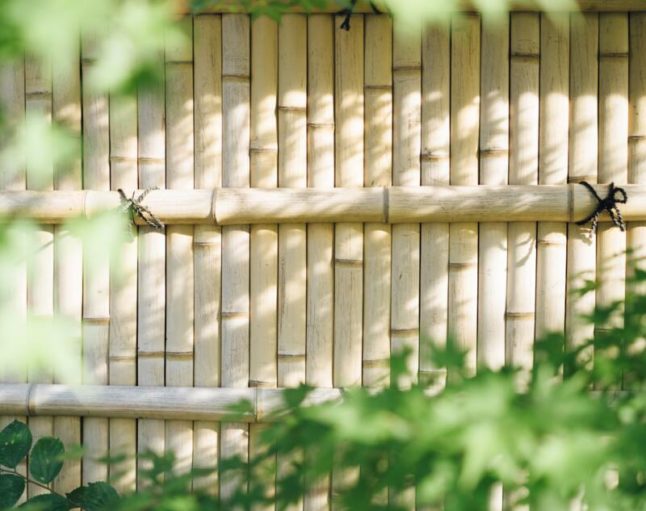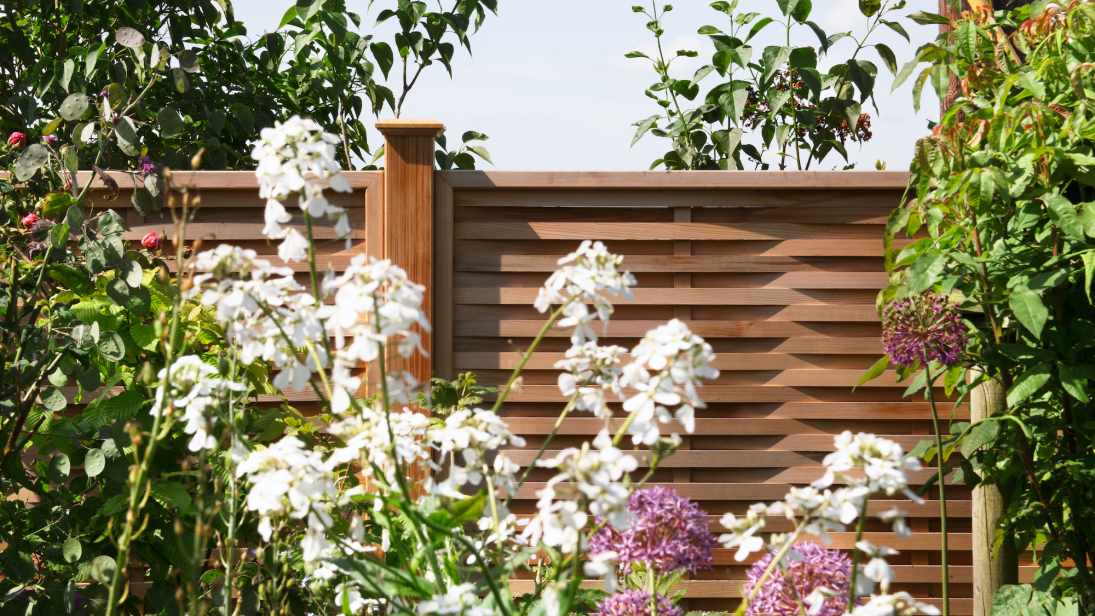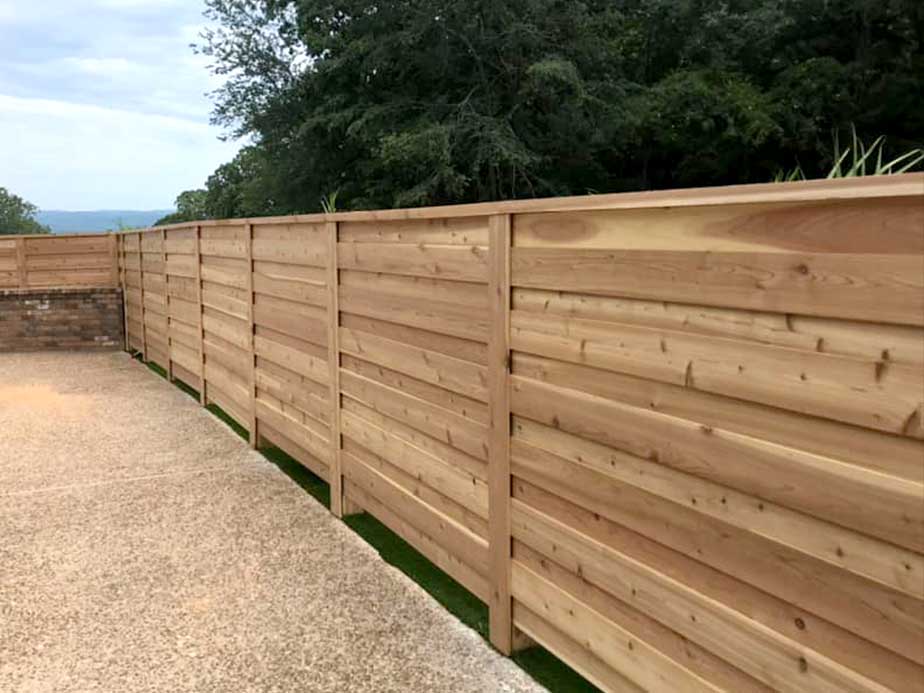All Categories
Featured
Fencings give many advantages for house owners, including privacy, safety and security, and boosting curb charm. Even the most well-constructed fencings won't last permanently. Gradually, direct exposure to weather, bugs, and natural wear can cause a fence to deteriorate. While some problems can be repaired, others might require full replacement to recover the performance and look of your home. Below are several crucial signs that your fencing might need to be changed.
![]()
![]()
![]()
Final thought. A fencing is an important investment in your home's safety, personal privacy, and look. However, just like any type of framework, it will eventually show signs old and wear. Whether it's through physical damage, bug problems, rot, or just the all-natural development of time, acknowledging the signs that your fence needs to be replaced can assist you make an educated decision about when to act. By replacing your fencing at the right time, you can guarantee that your property stays safe and secure, visually appealing, and practical for several years to come.
- Substantial Physical Damage. Physical damage to a fencing can be brought on by different elements, including serious weather condition, fallen trees, or accidents. Search for busted, cracked, or missing out on areas of the fencing, especially if they are numerous or impact the total structure. While individual repair work are often feasible, widespread damages may suggest that a full substitute is a lot more economical. As an example, if multiple panels are broken, or the blog posts are totally compromised, the fencing will no longer serve its main purpose of offering security and privacy.

- Decaying and Decay. Wood fences are particularly vulnerable to rot, particularly when they remain in continuous contact with the ground. If you notice soft, spongy, or stained wood, it's most likely that the fencing is beginning to degeneration. This is especially typical in the lower areas of the articles, which are in straight call with the dirt. With time, the rot can spread throughout the fence, damaging its architectural stability. While localized locations of decay may be fixed, if the rot is extensive, replacing the fence is typically the best choice.
- Leaning or Tilting. A leaning fence is a clear indication that the blog posts might have been damaged or that the dirt around the posts has actually changed. Fencings that tilt substantially might be in risk of falling over, developing a security threat. Moving dirt can occur due to numerous elements, such as erosion, tree root growth, or ground settling. If the leaning is serious, or if attempts to straighten the posts have not worked, changing the damaged areas or the entire fencing may be needed to maintain protection and security.
- Pest Infestation. Pests such as termites, ants, and rodents can trigger severe damage to wood fencings. Termites, for instance, can tunnel with the wood, causing comprehensive inner damage that isn't noticeable from the outside. If you notice tiny holes, sawdust around the base of the fencing, or proof of insect task, it is necessary to act swiftly. In many cases, pest problems can weaken the fence to the factor where fixings will not be sufficient, and replacement may be called for.

- Corrosion or Deterioration (For Metal Fences) Steel fences, consisting of chain-link, aluminum, and wrought iron, are vulnerable to rust and deterioration, especially in locations with high wetness or salt direct exposure. Over time, corrosion can gnaw at the metal, weakening the structure and causing the fence to end up being unstable. Repair work might not be enough if the rust is extensive and influencing the stability of the fence. In this case, replacing the metal areas or the whole fencing is the very best option.
- Discoloring or Discoloration (For Plastic Fences) Plastic fences are a preferred selection due to their reduced upkeep and longevity. If the fence is revealing signs of significant fading, particularly if it influences the general appearance of your residential property, replacing it with a new vinyl fencing or a various product may enhance both appearances and performance.
- The Fencing is Outdated or No More Meets Your Requirements. In some cases, the need to change a fence isn't because of damage, however since it no longer fits your needs or the design of your home. If your fence is outdated, doesn't provide adequate personal privacy, or no more uses the degree of safety and security you require, it may be time for an upgrade. Furthermore, if your initial fencing was built for a particular objective, such as maintaining pets in, and now you call for an even more solid obstacle for privacy or safety, a replacement will certainly make certain the fence serves your current demands.

- Frequent Repair Work Prices. If you locate yourself regularly fixing sections of your fence, it may be extra affordable to replace the entire structure instead of continuously covering it up. Frequent fixings can add up over time, and a fencing that calls for continuous focus might not be giving the protection and capability you require. A new fencing can save you cash in the future by minimizing recurring maintenance expenses.
- Fence No More Supplies Privacy or Protection. The main objectives of numerous fences are to offer privacy and safety. If your fence is no more serving these functions-- whether due to spaces, deteriorated structure, or simply an obsolete design-- it might require to be changed. A fence that doesn't offer appropriate privacy can leave your residential or commercial property exposed, while a fence that's no more secure can compromise the security of your home.
- The Fencing is Near completion of Its Life-span. Finally, think about the age of your fence. Many fencings have a lifespan of around 15 to two decades, relying on the products made use of and the degree of maintenance. If your fence is coming close to or surpassing this age and shows numerous signs of wear, it's a great concept to start intending for a substitute. Even if the fencing seems in decent condition, an old fencing may be more susceptible to damage, and replacing it proactively can save you from managing unanticipated problems later on.
Final thought. A fencing is an important investment in your home's safety, personal privacy, and look. However, just like any type of framework, it will eventually show signs old and wear. Whether it's through physical damage, bug problems, rot, or just the all-natural development of time, acknowledging the signs that your fence needs to be replaced can assist you make an educated decision about when to act. By replacing your fencing at the right time, you can guarantee that your property stays safe and secure, visually appealing, and practical for several years to come.
Latest Posts
Recognizing When Your Car Needs Skilled Auto Repair at Montclare Auto Repair
Published May 24, 25
1 min read
Learn About Exceptional Auto Repair Services in Chicago – Expert Care for Your Vehicle
Published May 23, 25
1 min read
Boost Your Home's Exterior with Weathercraft's Exterior siding Solutions
Published May 22, 25
1 min read
More
Latest Posts
Recognizing When Your Car Needs Skilled Auto Repair at Montclare Auto Repair
Published May 24, 25
1 min read
Learn About Exceptional Auto Repair Services in Chicago – Expert Care for Your Vehicle
Published May 23, 25
1 min read
Boost Your Home's Exterior with Weathercraft's Exterior siding Solutions
Published May 22, 25
1 min read